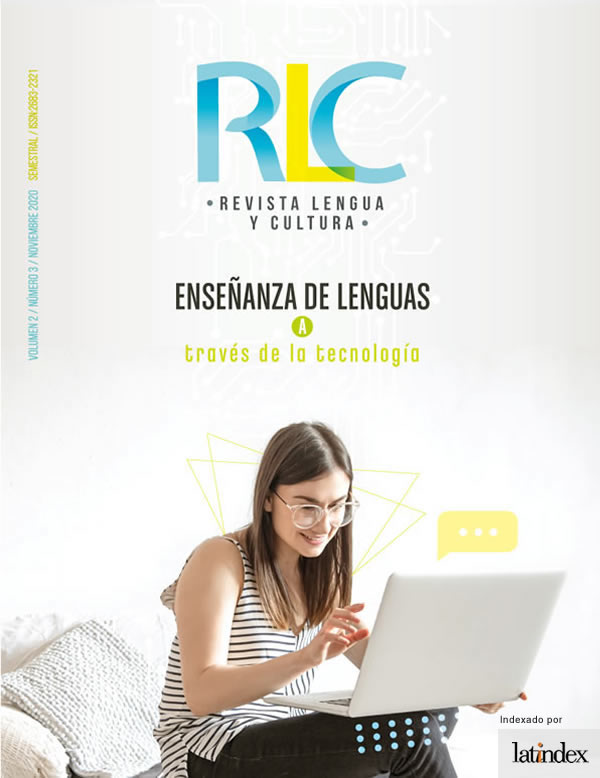Storytelling, a strategy for a meaningful learning through technological communication.
DOI:
https://doi.org/10.29057/lc.v2i3.6276Keywords:
empathy, meaningful, learning, sharing, storytelling, teaching-learning processes, technologyAbstract
Due to the quick progress of technology and the globalization process, nowadays, there are new possibilities of communication through cyberspace and, consequently, foreign language learning has become increasingly important. Nevertheless, it is necessary to come up with innovative strategies for the teaching and learning processes. This includes the new technologies to enable the design of alternative projects, which focus on meaningful and long lasting learning. This paper proposes Storytelling as a ludic way of agglutinating previous and new knowledge, making use of different IT tools such as Flipgrid and Powtoon. Storytelling encourages the identification and retention of concepts and stimulates students so that they share ideas and develop their critical thinking. This work highlights the importance of empathy and human relationships and proposes a new way to collaborate with technology, without replacing human intellect and subjectivity by the former ones, in order to achieve a rewarding experience of meaningful learning.
Downloads
Publication Facts
Reviewer profiles N/A
Author statements
- Academic society
- N/A
- Publisher
- Universidad Autónoma del Estado de Hidalgo
References
Alderman, N. (2015). “The first great works of digital literature are already being written”, en The Guardian [Weblog post]. Recuperado de https://www.theguardian.com/technology/2015/oct/13/video-games-digit al-storytelling-naomi-alderman
Bauman, Z. (2011). La cultura en el mundo de la modernidad líquida. México: FCE.
Bauman, Z (2008). Los retos de la educación en la modernidad líquida. Barcelona: Gedisa.
Cooper, J. D. (1990). Como Mejorar la Comprensión Lectora. Madrid: Aprendizaje Visor-MEC.
Díaz Barriga, F. (1999). Estrategias para un aprendizaje significativo. México: McGraw Hill.
Gil de la Piedra, C. (2014). La nueva estructuración del programa de FLE dentro del Bachillerato Internacional (BI). México: Facultad de Filosofía y letras-UNAM. Recuperado de http://132.248.9.195/ptd2015/anteriores/filosofia/0723953/Index.html
ITESM (2017). Storytelling. EduTrends. Obervatorio de la Inovación educativa. Instituto Tecnológico de Estudios Superiores de Monterrey.
Jenkis, H. (2006) How Transmedia Storytelling Begat Transmedia Planning… parte 1 [Weblog post]. Recuperado de http://henryjenkins.org/2006/12/how_transmedia_storytelling_be.html.
Moraña, M. (2014). Inscripciones críticas. Ensayos sobre cultura latinoamericana. Santiago: Cuarto propio.
Porcher, L. y Groux, D. (2013). Le storytelling: Un angle neuf pour aborder les disciplines? Francia: L’Harmattan.
Turner, J.M. (1998). « Digital image access & retrieval » en Journal of the American Society for Information Science. Recuperado de: https://doi.org/10.1002/(SICI)1097-4571(199806)49:8<766::AID-ASI11>3.0.CO;2-N
Valéry, P. (2011). Le bilan de l´intelligence. Paris: Allia.
Wiggings, G. y McTigh, J. (2005). Understanding by design. Alexandria, USA: ASCD.




















